With the highest species diversity per square mile of any country on Earth, Ecuador can be seriously overwhelming for birders. Most guides try to ease new visitors into the inevitable frenzy of brightly colored birds by beginning at Yanacocha Reserve, just an hour outside of Quito. This protected temperate forest on the slopes of Volcano Pichincha hardly lacks in the avifauna department. In fact, Yanacocha is famous for its wealth of hummingbirds, particularly the extremely rare and range-restricted Black-breasted Puffleg. This reserve was actually established in 2001 to protect almost the entire known population of the Critically Endangered hummingbird. The bad news for me was that this bird winters on inaccessible grounds. The good news, on the other hand, was that the highlands are considered more hospitable this time of year and I had plenty more species to contend with!
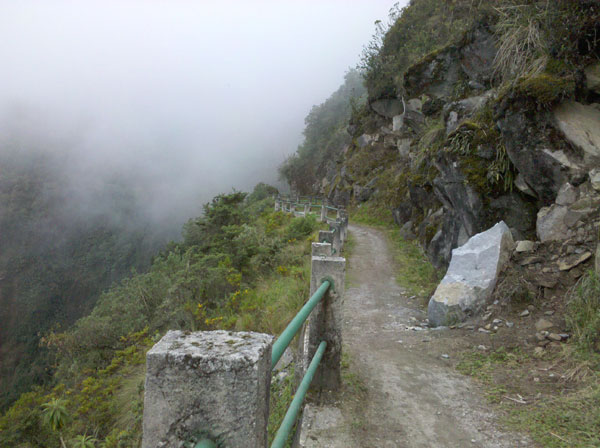
I arrived at the reserve near daybreak with David Ringer of Search and Serendipity and my hosts Renato and Paola of Pululahua Hostal. Two features that distinguish Yanacocha are its altitude and habitats. At 3200-3700 meters, the reserve is higher than many of the other renowned birding spots in the Quito region and includes pristine temperate montane, elfin, and polylepis forests. A Polylepis forest is defined by a predominance of Polyepsis-species trees, evergreens that frequently grow at or above the natural tree line in the Andes. What I learned is that where Polyepsis trees grow, cool birds like conebills and mountain tanagers can be found. We encountered some of both. Conebills are snappy little tanagers with small, conical bills, which were evident on the Cinereous and Blue-backed Conebills we saw. Mountain tanagers are incredible additions to any landscape due to their vivid coloration. Even though I saw Scarlet-bellied Mountain Tanagers every day in the Ecuadorean highlands, they always elicited a gasp. The Hooded Mountain Tanagers we expected and Blue and Black Tanager we didn’t were brightly beautiful as well. Flowerpiercers with their neatly notched bills are also considered tanagers. The Masked Flowerpiercer, representing the genus Diglossopis, is an absolute stunner…
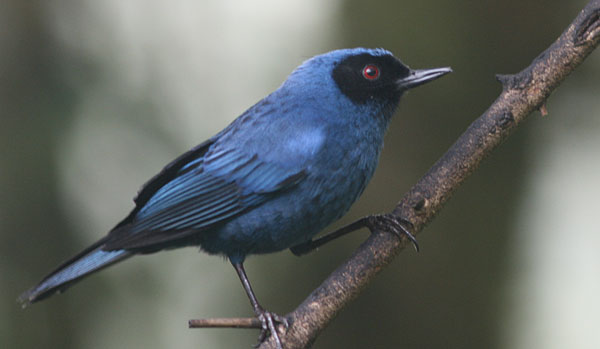
while the Glossy Flowerpiercer in the more diverse Diglossa genus possesses a charm of its own.
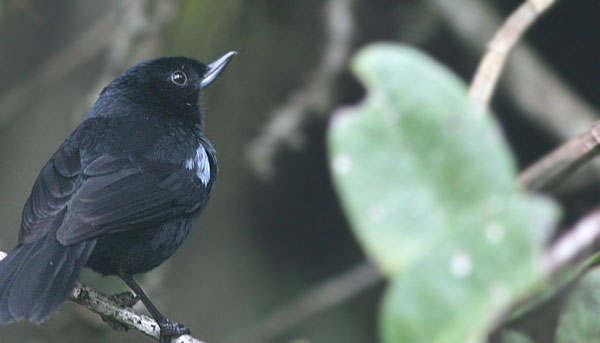
Speaking of charm, the tyrannids of the western Andes are outstanding. Chat-tyrants are saucy little tyrants easily identified by their bright supercilia. We spotted both Rufous-breasted and Crowned Chat-tyrants as well another fine flycatcher, the larger Smoky Bush-tyrant.
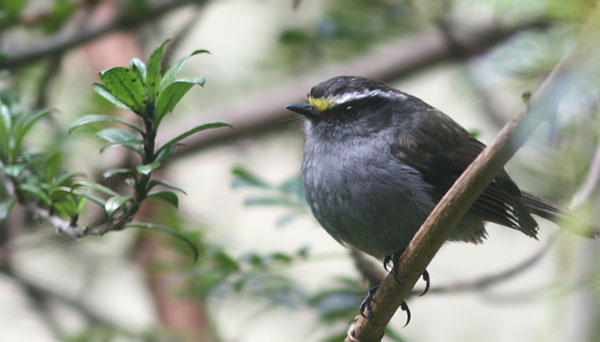
Crowned Chat-tyrant
As we walked the main trail, colorfully called the Inca Ditch, we picked up more common species like Spectacled Whitestart and both Glossy Black and Giant Thrush. The thrushes really bugged me as their omnipresence at altitude was matched only by their infernal elusiveness. Somehow, the most common birds in the Andes managed to escape my camera. So did some of the less common species such as Rufous Wren, Stripe-headed Brush-Finch, and Rufous-Naped Brush Finch. The most impressive bird I saw but failed to shoot (in a photographic sense, of course) was the hotly coveted yet highly covert Ocellated Tapaculo. What a beauty!
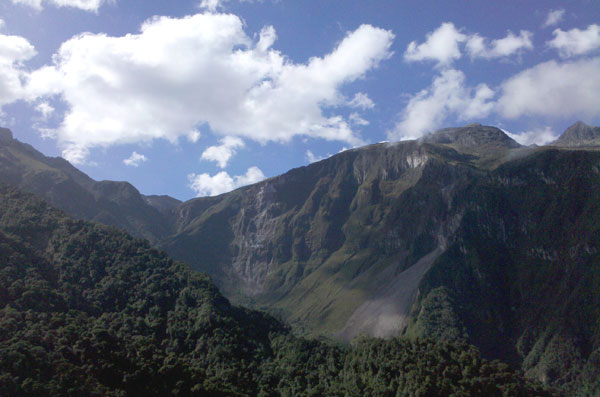
I should point out that I wasn’t really yodeling at Yanacocha; at 3300 meters, I was in no position to waste my breath. My altitude sickness symptoms were actually quite mild but reminded me nonetheless of how far we were birding above sea level. A little dizziness was a very small price to pay for the privilege of visiting such an astonishingly beautiful habitat dripping with orchids and other exotic vegetation, teeming with stunning avifauna, and overlooking the most breathtaking (pardon the pun) mountain vistas. And I haven’t even described the hummingbirds yet! If you ever find yourself in the Quito region, do yourself a favor and say yes to Yanacocha.
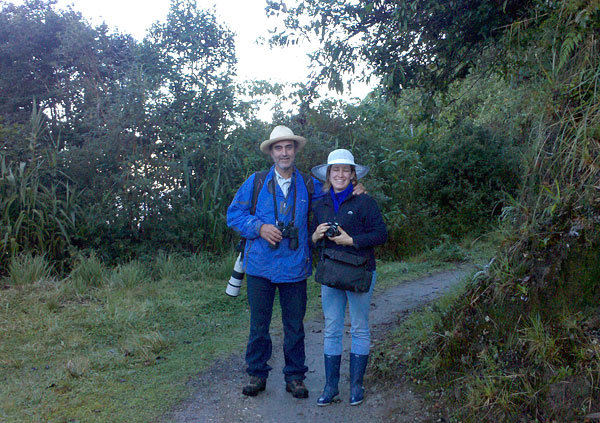
Renato Espinoza and Paola Cevallos of Pululahua Hostal at Yanacocha
The overarching theme of my Ecuador excursion, apart from the obvious gluttony of bird sightings, is conservation, specifically how conservation is transforming this very special part of the world. The Yanacocha reserve was purchased using funds provided by Fundación Jocotoco (Jocotoco Foundation) with contributions from Ecuador, the United States, Canada, and the United Kingdom. Fundación Jocotoco is an Ecuadorian organization established to protect land of critical importance to the conservation of Ecuador’s endangered birds and associated biodiversity.




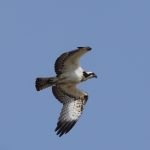
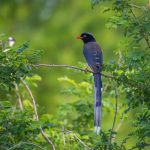
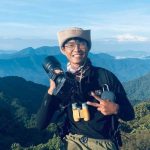
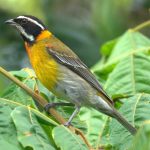
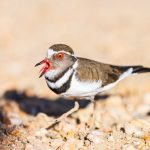
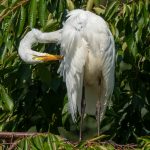
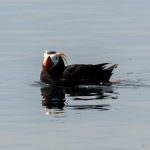
Your kind of birding reminds us of Indiana Jones. Sure, it’s true that birding can be done close to home, and the observant will sometimes see the exotic even there. But it’s awesome & eye-opening to see what guys like you accomplish when you get out & go where the wild things are. The narrative is cool and so are the photos. Thanks for sharing.
Best,
Mike at Two-Fisted Birdwatcher
Nice article and exellent plug-in for conservation.
We are promoting birding because we see the results
that conservation has brought to Ecuador thanks to
birders like you.
Thanks, Mike. That’s the kind of birding I best enjoy!
And thank you too, Renato & Paola. There’s much more to come.